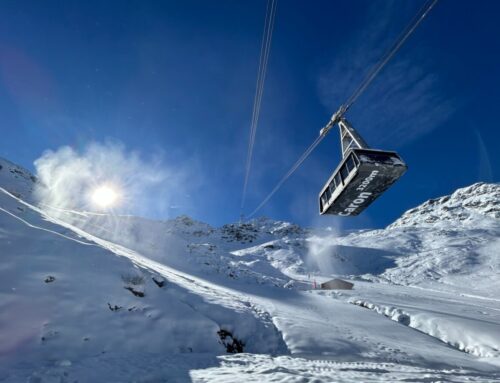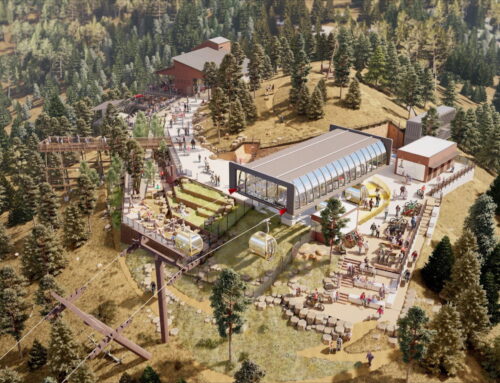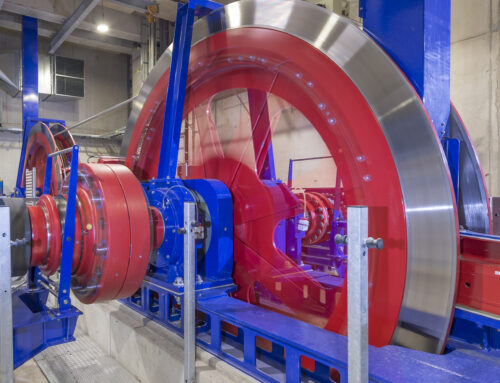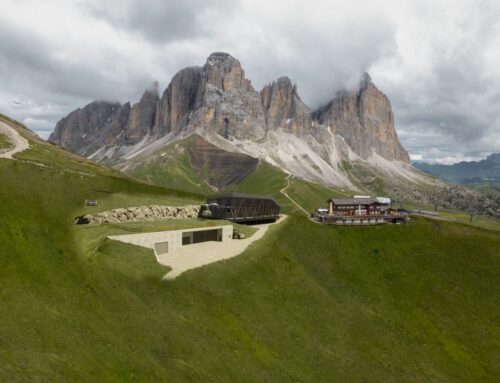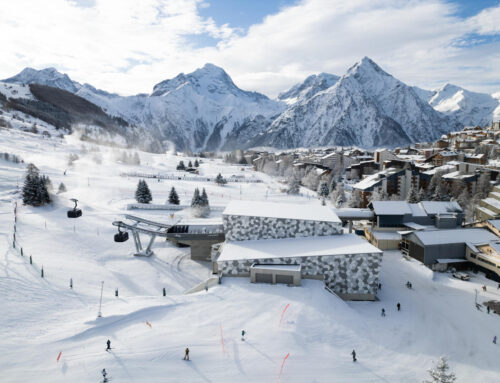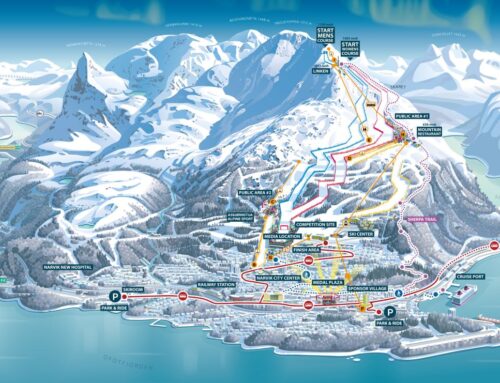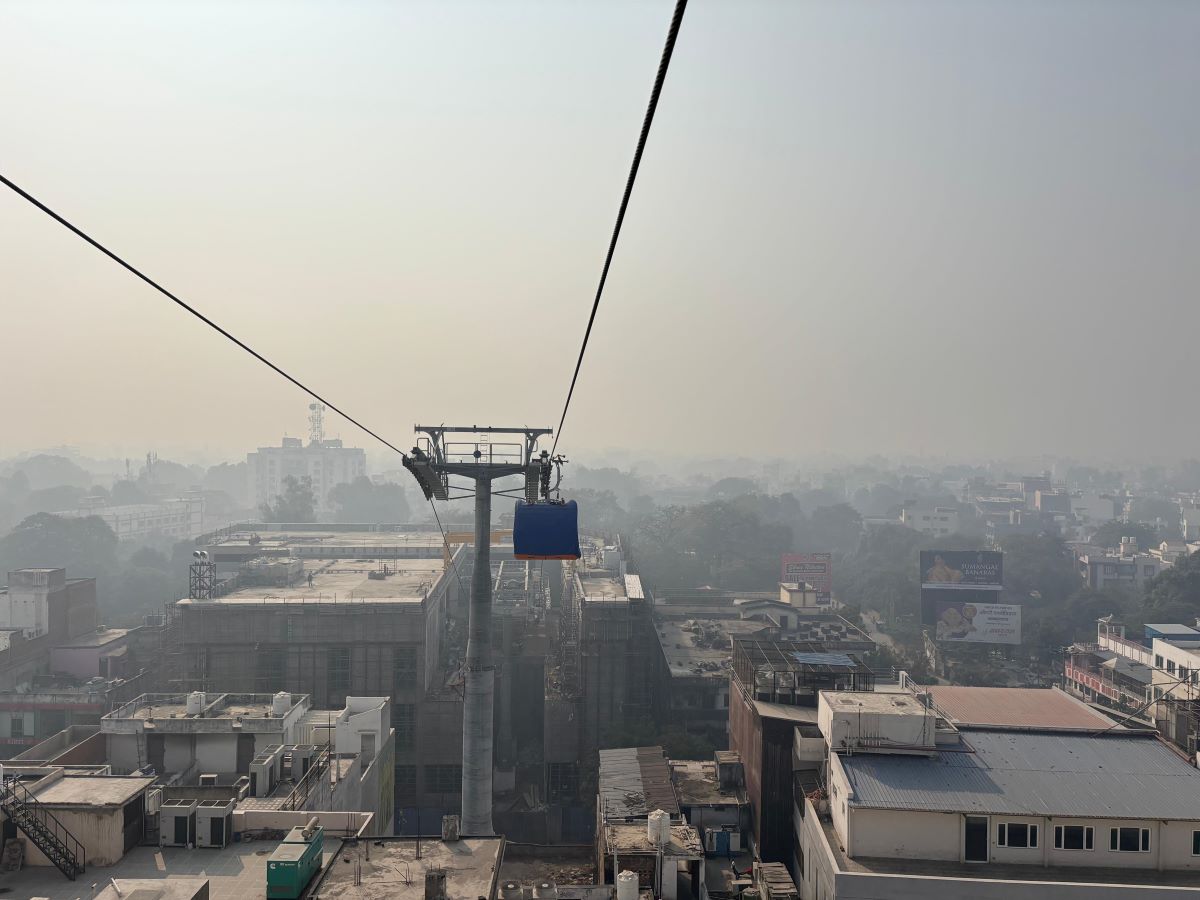
Cableway & Technology, SI World 1/2025
India’s first urban cable car
By 2026, BARTHOLET will build India’s first urban cable car in the city of Varanasi, which has a population of 1.5 million and is one of the holiest places in Hinduism.
To relieve the city from heavy traffic and the large number of pilgrims and tourists heading to more than 2,000 temples, the cable car will operate 16 hours a day, running from the main train station – a major transport hub – to the temple district at Godowlia Chowk.
In 2023, a delegation from India visited Flums, Switzerland, to see the quality of BARTHOLET’s technology for themselves. The Swiss company has extensive global experience building cable cars and is now bringing its forward-looking solutions to Varanasi, the spiritual capital of India.
Construction
The full opening of the first cable car in Varanasi is planned for 2026.
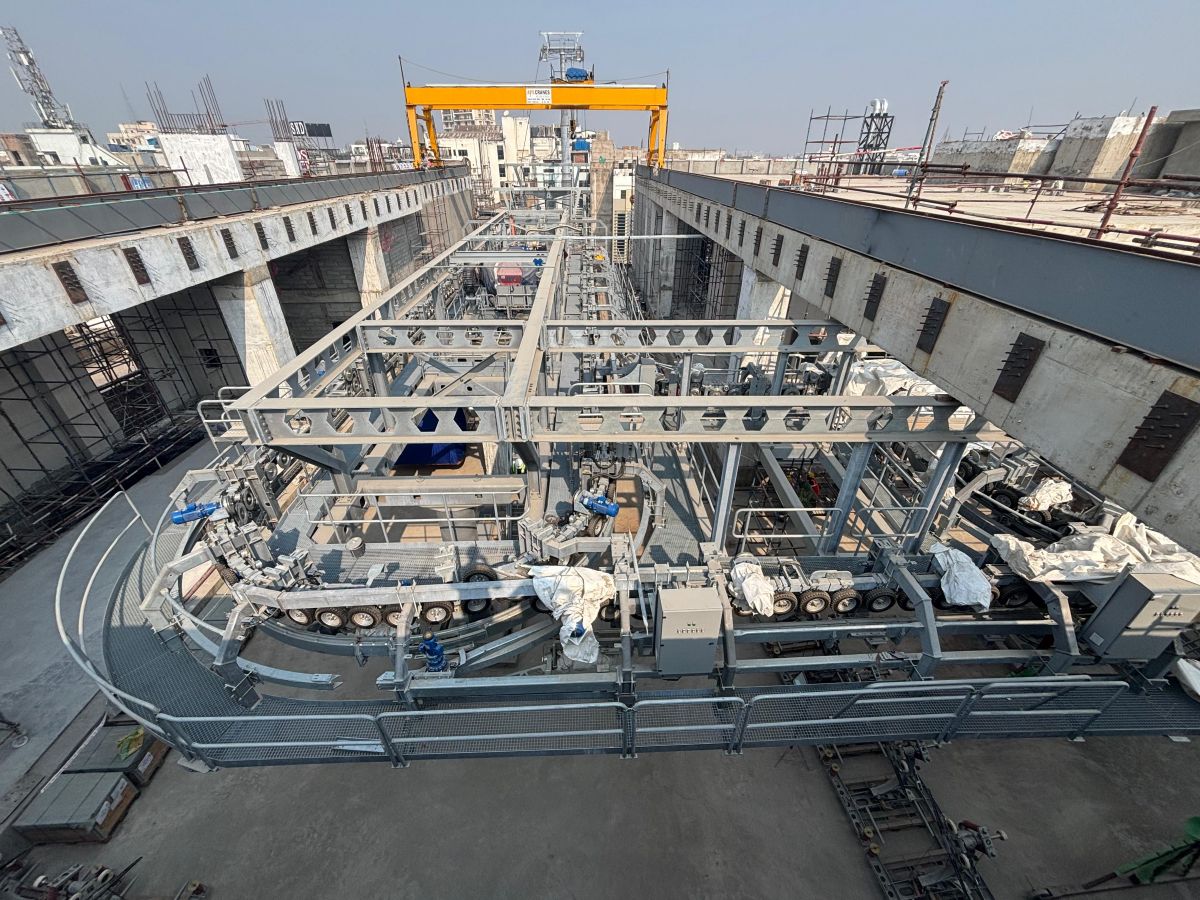
Construction in progress: First test rides
The L-shaped route will consist of two sections with five interconnected stations. Since the groundbreaking in September 2023, construction has been progressing rapidly.
Cable splicing for the first section – from Varanasi Cantt main station, through Vidya Peeth station, to Yatra station – has already been completed, and first test rides have taken place.
At the same time, the towers for the second section are being installed, which will extend the line to the temple area of Godowlia Chowk. Once completed, the cable car system will stretch 3,660 meters and serve one of the city‘s busiest routes.
A total of 148 modern 10-passenger panoramic cabins, designed by the Porsche Design Studio, will run on 29 towers with heights ranging from 7 to 46 meters. The system will be able to transport up to 3,000 passengers per hour.
Technical specifications:
10-Person gondola lift, Varanasi, Section 1 + 2:
| Lenght | 2,290 m |
| Capacity | 3,000 p/h |
| Travel speed | 6 m/s |
| Motor power | 560 kW |
| Number of cabins | 90 |
| Number of towers | 18 |
Technical specifications:
10-Person gondola lift, Varanasi, Section 3 + 4:
| Lenght | 1,440 m |
| Capacity | 3,000 p/h |
| Travel speed | 6 m/s |
| Motor power | 415 kW |
| Number of cabins | 58 |
| Number of towers | 11 |
Less traffic, more ecological
By building India’s first urban cable car, Varanasi is making a move toward a more sustainable future for urban mobility and is actively addressing the city‘s current challenges. Ever-increasing traffic narrow streets, and millions of pilgrims make fast travel nearly impossible.
Plan
The cable car with five stations extends over 3,660 meters.
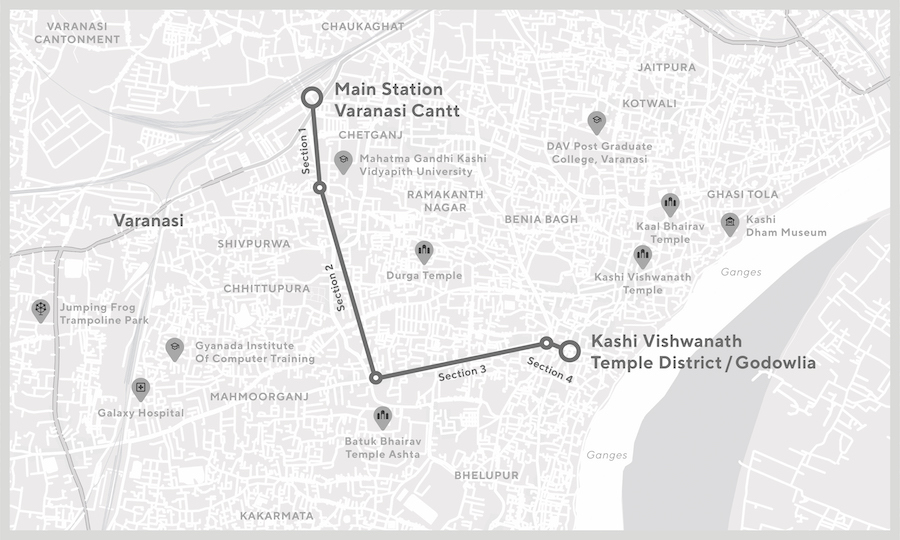
Cost-effectiveness as a key factor
The cable car has proven to be a smart addition to the existing public transport system. Unlike trams or subways, the cable car doesn’t require extensive infrastructure on the ground and can be integrated into the urban landscape without major changes.
Floating above city traffic, it allows efficient passenger transport without adding to congestion. The continuous loop system, with short wait times and high capacity, is especially well-suited for urban environments.
Cost-effectiveness was also a key factor. The Indian government chose the cable car because it is more affordable than other public transport options and can be implemented more quickly.
Design
The cabins were developed in collaboration with the Studio F. A. Porsche.
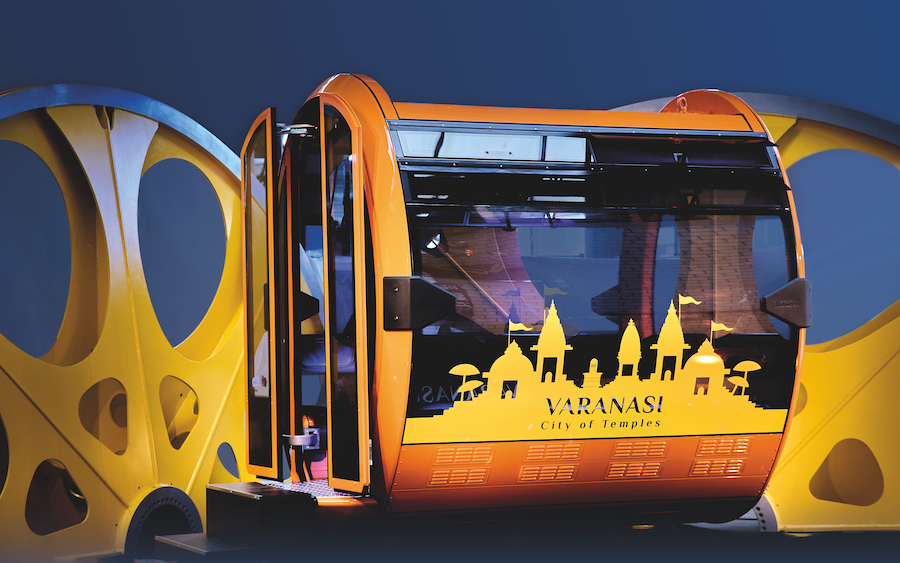
Example for other cities
This new transport system will not only ease traffic but also show how innovative cable car technology can make cities more efficient, eco-friendly, and livable. With this step into the “third dimension” of public transport, India is setting an example that could inspire other cities in the world’s most populous country.
The project is being implemented under a Hybrid Annuity Model (HAM), with the concessionaire Vishwa Samudra Ropeways set to take over operations once the system is up and running. The opening is scheduled for 2026.
